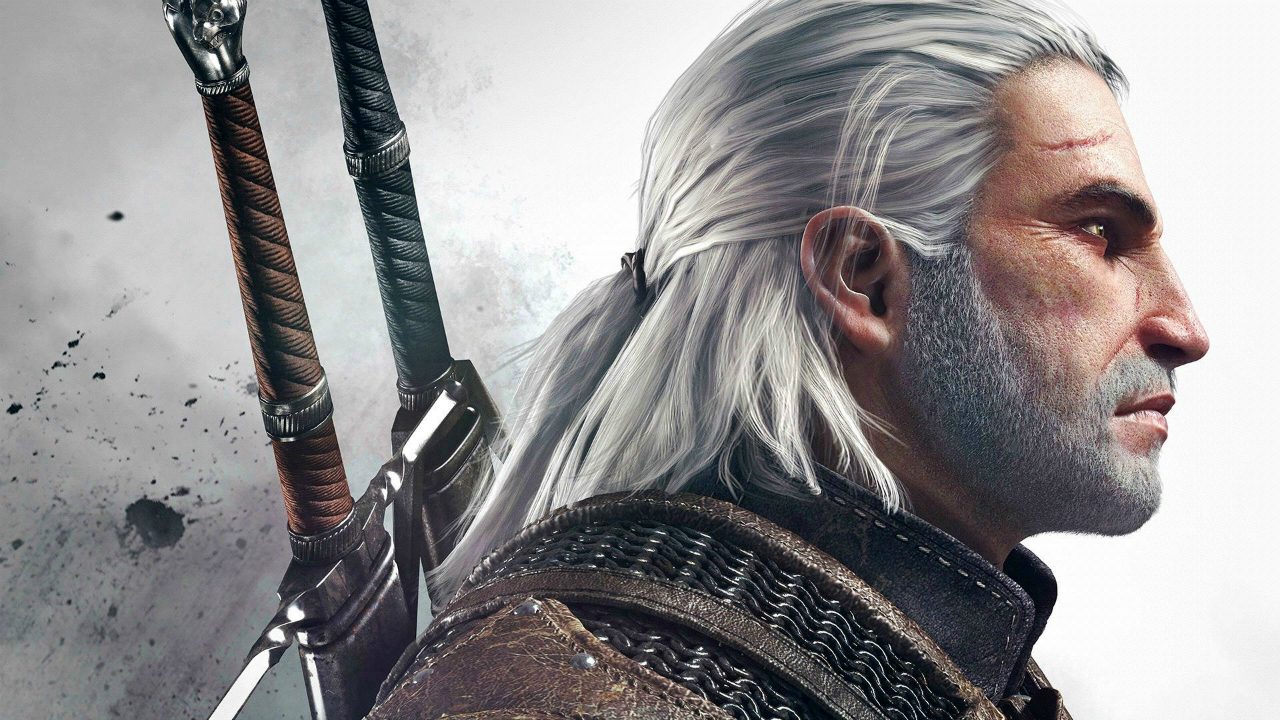A flawed game with accidental origins, Assassin's Creed nonetheless changed the whole direction of open-world gaming
Combining scale and spectacle with unheard-of interactive intimacy, Assassin's Creed instantly changed the demands of the modern, open-world sandbox.

The biggest franchises often have the humblest of beginnings. For Ubisoft, the road to establishing a billion-dollar brand began in 2003. Production had wrapped on Prince of Persia: The Sands of Time and a team of aspiring developers, engineers and programmers were immediately tasked with taking the beloved action-platformer to the next level, envisioning a sequel that was bold, expressive and innovative. It didn't go as planned, and they may have accidentally killed the series entirely. But what arose from the ashes was far greater and more potent in the marketplace, with the power to entice audiences outside of video games, its allure seeping out into everything from cinema and comics, to toys and anime.
Assassin’s Creed was born out of Prince of Persia: Assassin, a game framed around a young boy, a prince, with special powers being captured by a dangerous new threat to Jerusalem. You were to embody the role of a deadly assassin, hellbent on securing the prince’s safe passage home to the throne. The core concept came from the mind of Sands of Time creative director Patrice Désilets, inspired by tales of Hassan-i-Sabbah, an eleventh-century missionary who was said to have founded the Asasiyun – or as we know them today, the assassins.
A strange jumping-off point
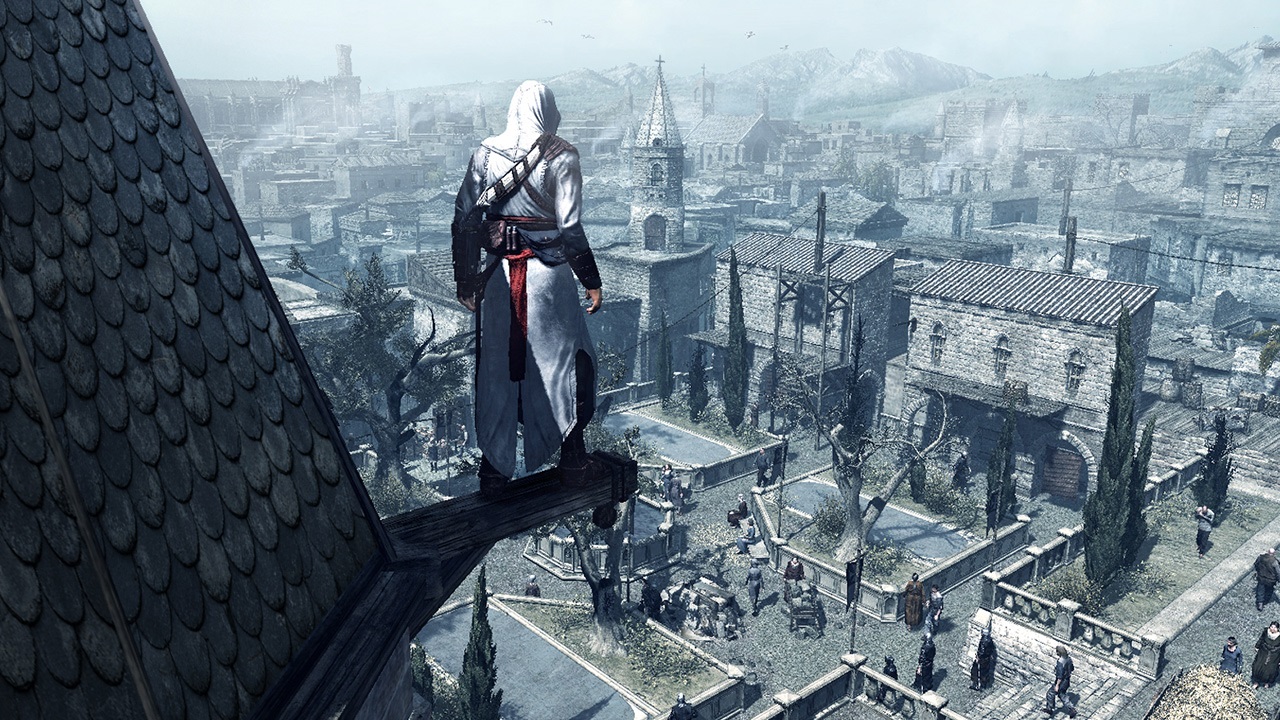
Ubisoft liked it, but was ultimately confused: why had Désilets and a small team of 20 spent a year in pre-production on a title that didn’t feature the Prince in a leading role? Instead of scrapping it entirely, Ubisoft allowed the Sands of Time veterans to continue on the road they had started down and, in November of 2007, we had our first taste of it. Assassin’s Creed landed and gave us an insight into the generation’s most exciting development, the advancement of the open-world sandbox.
Across the game’s three-year development cycle, the team had swollen from 20 to 120. The Scimitar engine had been created from scratch (known now as Anvil, a variation of the tech continues to power the AC games to this day), designed to house all of the components of this insanely ambitious open-world title. It might not look like much now, particularly when played next to 2017’s stunning Assassin’s Creed: Origins, but back in 2007 we hadn’t seen anything like it before – it was a true showcase to the power and potential of the Xbox 360 and PlayStation 3 consoles.
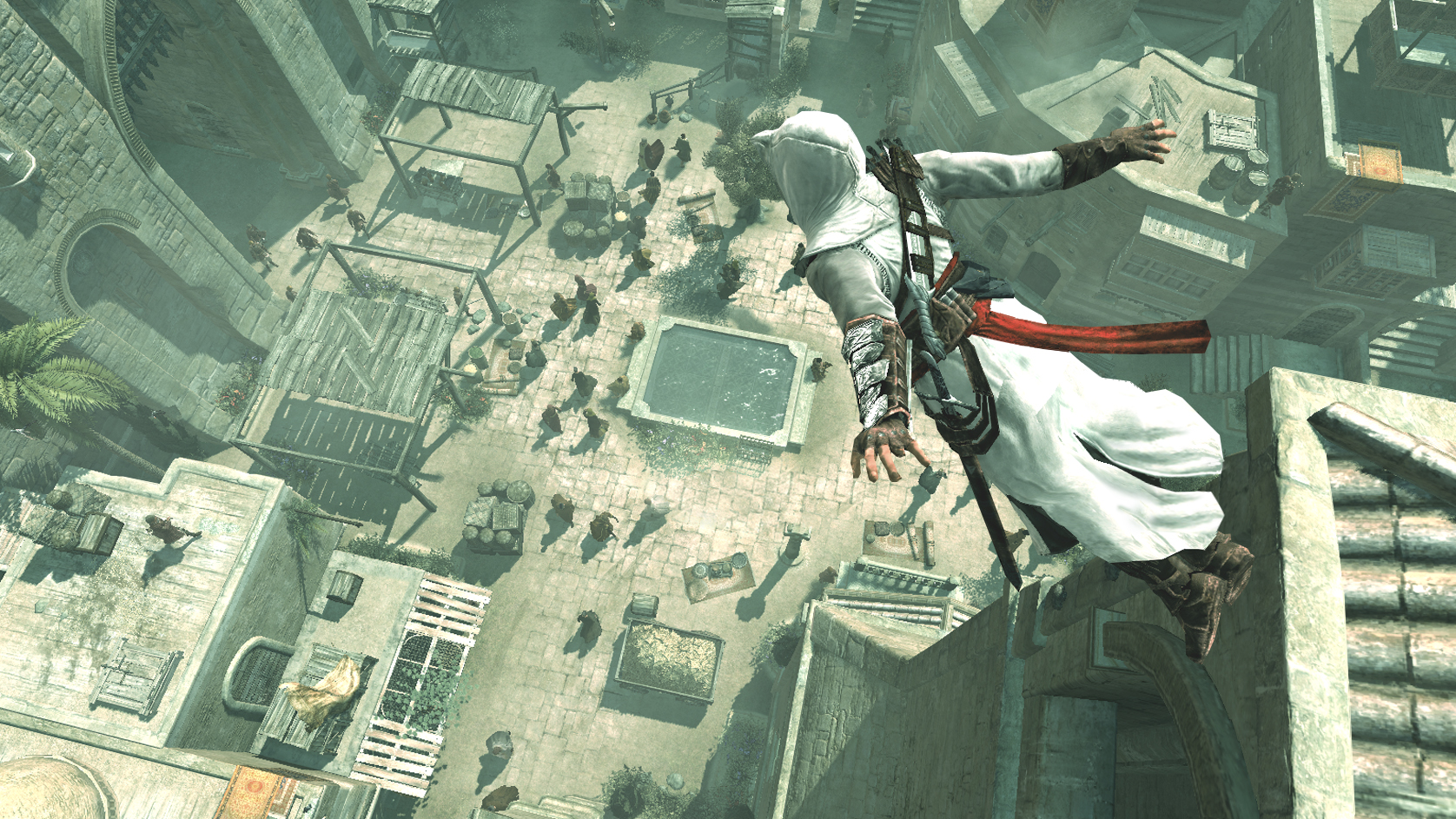
A new engine and story were just the beginning. At the heart of Assassin’s Creed was to be its sandbox world, an element of its construction that has truly stood the test of time. Set in the Middle East during the Third Crusades, Ubisoft Montreal ushered in elements that were to be truly revolutionary for the time. This was to be a world that you didn’t just pass through, but could inhabit entirely. This was a game whose protagonist was intimately familiar with their surroundings, able to freely traverse the environment with ease – storming through alleyways, scaling buildings and bounding across rooftops with wild abandon.
Assassin’s Creed may have ultimately suffered due to repetitious mission structure and loose combat mechanics, but its world and the AI that inhabited it impressed none the less. We were given the freedom to choose, not only how we were going to assassinate nine leading Templars, but in how we would approach them too – across a world that felt as if it were actually alive.
Filling an old world with new life
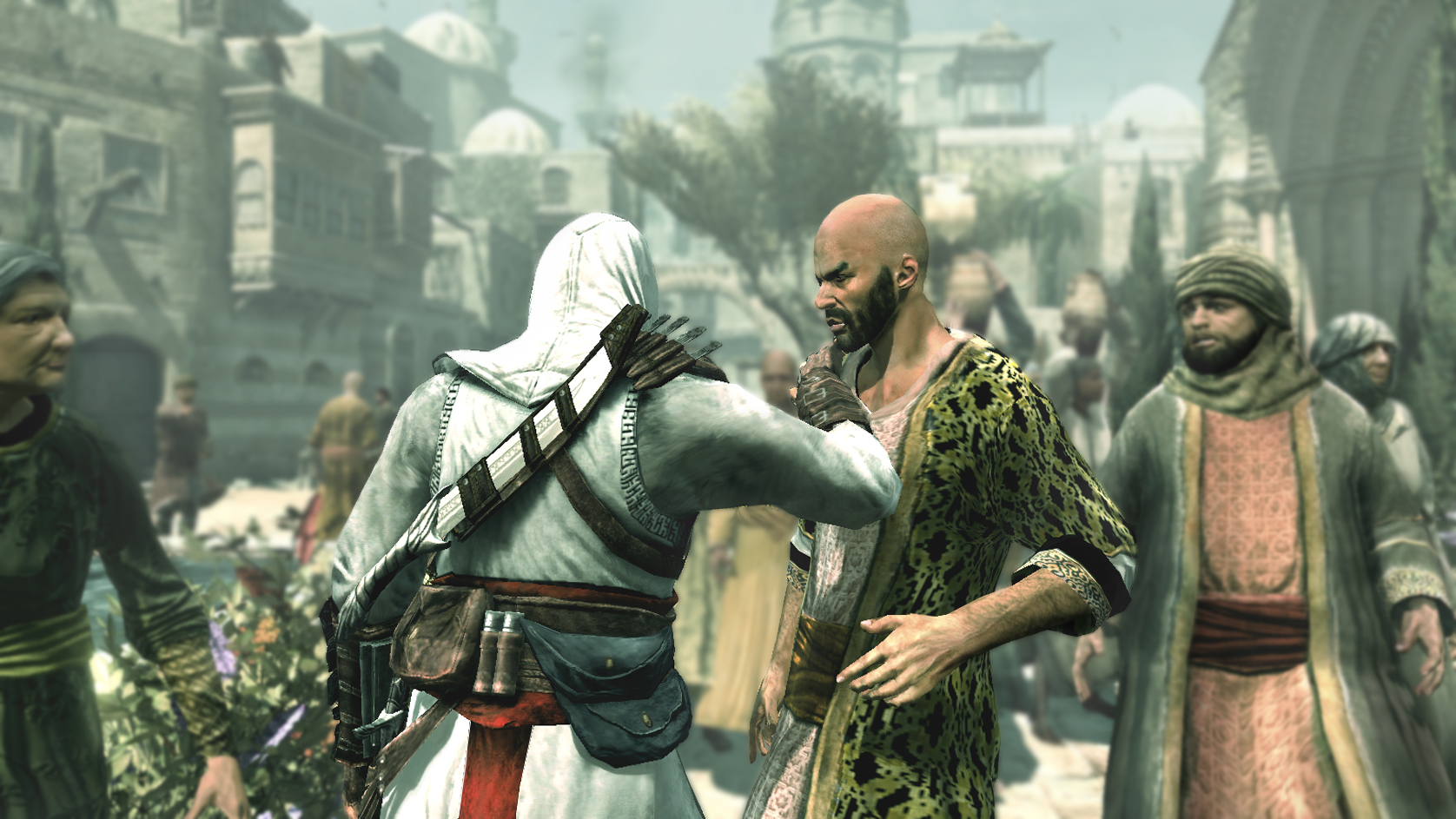
Enemy AI would be able to detect where you were and where you intended on going, the path-finding was advanced enough that it could track you across different planes of height and across sprawling distances as you headed out of the city walls. Ubisoft would also push its stealth elements out from the tightly scripted scenarios seen in Splinter Cell, focusing on what it called ‘social stealth’ – or the ability to blend in with your environment to dodge guards, divert attention and covertly track targets in the open-ended environments. Becoming lost as part of a crowd – gently pushing through the bustle of a busy street – highlighted a breadth and quality of animation that console players had rarely been treated to before this game.
Sign up to the GamesRadar+ Newsletter
Weekly digests, tales from the communities you love, and more
Assassin’s Creed was as perfect of a melding of art and design as you could hope to see in 2007. It set a standard that most every developer looking to build open-world sandboxes would study delicately over the next decade; the construction of the city and the variety of systems at play every step of the way was truly astounding, when you think about it in retrospect.
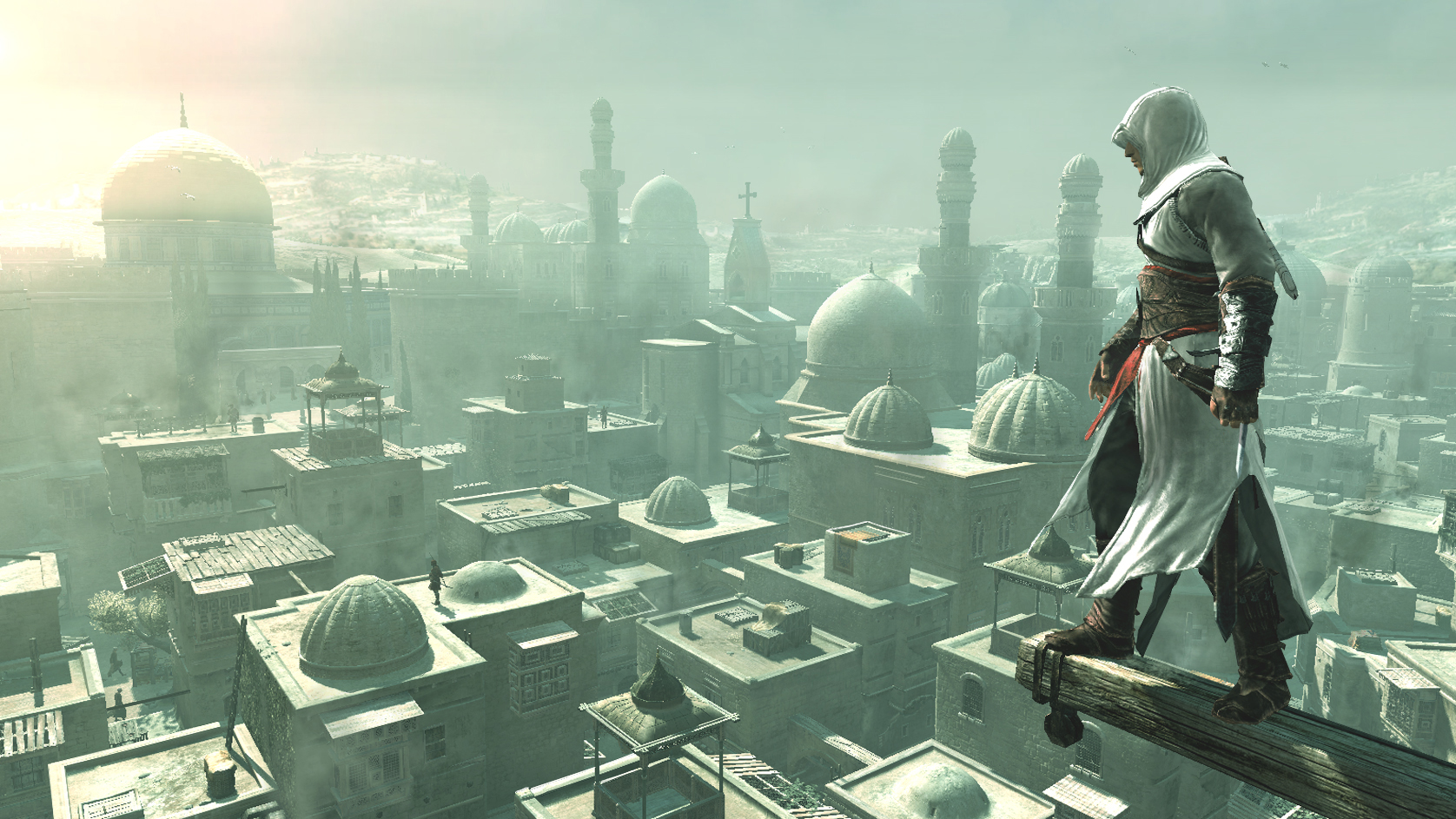
Ubisoft successfully constructed one of the biggest franchises in the video game world in Assassin’s Creed, and its influence is still felt across the industry. Its fiction may have become labyrinthine – bordering on parody – in the intervening years, and the size of its worlds swollen to the point that the studio struggles to properly optimise them. But at the heart of it all is this divisive 2007 gem. In spite of its flaws, there are flashes of brilliance throughout its design. Assassin’s Creed advanced stealth systems and sandbox open world design fundamentally, and for that we will always be thankful.
This article originally appeared in GamesTM magazine. For more great coverage, you can subscribe here.
Highly respected within the gaming industry by both publishers and development studios alike, games™ is one of the most esteemed and trusted magazines in the field. The soaring production values and highly knowledgeable team secured four industry awards, and the unflinching and unbiased opinion elevated the magazine’s status to the most trusted in the business. With a dedicated retro gaming section, features that cut through the industry, and the biggest reviews, games™ is one of the most comprehensive video game magazines on the market and the perfect choice for anyone who takes gaming seriously.
